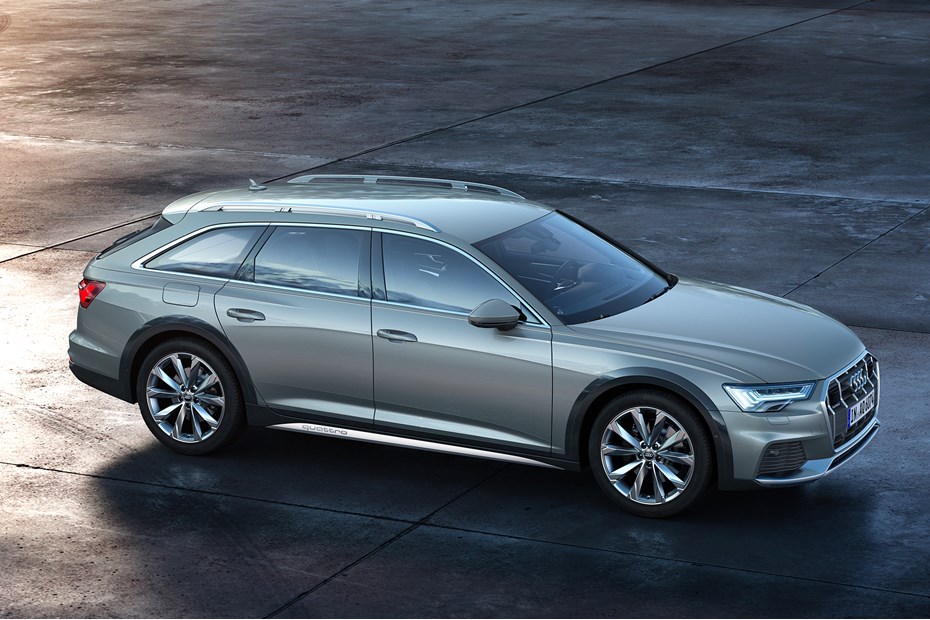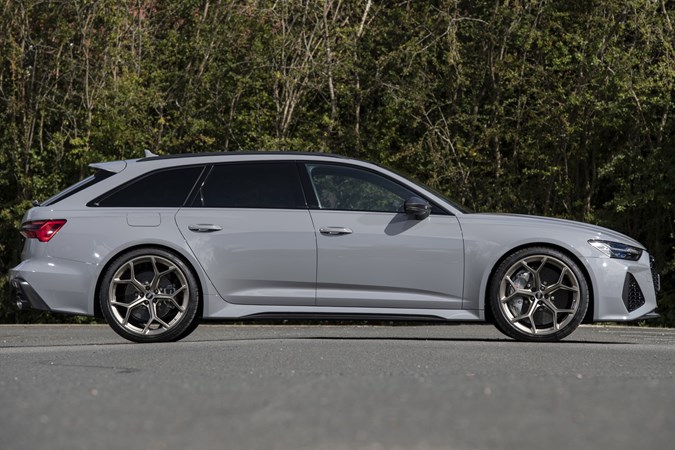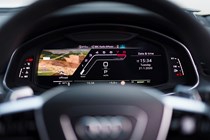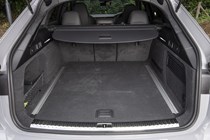Audi A6 RS6 Avant running costs and reliability

Miles per pound (mpp) ⓘ
| Petrol engines | 3.2 - 3.4 mpp |
|---|
Fuel economy ⓘ
| Petrol engines | 21.7 - 23.2 mpg |
|---|
- Old V8 used, but with mild hybrid technology
- CO2 and MPG are still not great
- Less thirsty than the last Audi RS6
What are the running costs?
Unlike the previous-generation Audi RS6, this car’s twin-turbo V8 features a mild hybrid system. The engine has a belt-driven alternator/starter that can recover up to 12kW of power when you lift your foot off the gas, which is then stored in a small battery pack for when extra power is needed (or when assistance is needed in town). When driving, the RS6 can also coast for up to 40 seconds, thus saving fuel.
Don’t get us wrong, this won’t make it as economical as a Toyota Prius, but it does mean that it’s making the most efficiency possible when the driver doesn’t need performance.
There’s also a Cylinder On Demand (COD) system, which can deactivate cylinders 2, 3, 5 and 8 in the high gears by switching off fuelling and closing the valves – again to save fuel when maximum power isn’t demanded. As soon as the driver needs that power back, coasting and cylinder shut off will be deactivated.
That’s all well and good, but what it means in the real world is that even Audi’s official figure of just 22.4mpg is very difficult to hit. We averaged just 21mpg on some very gentle cruises, and a more realistic figure in the high teens awaits you if you do a lot of stop-start driving round town – or a lot of fast and fun driving on twisty roads.
CO2 emissions of 285g/km also mean the RS6 is unlikely to hit your company car fleet any time soon.

Servicing and warranty
Let’s be honest here – no matter how you cut it, the Audi RS6 is not going to be cheap to run. But it could be worse. Servicing plans are available to up to four years, front-loading your costs or building them into your monthly payments. Definitely worth investing in to avoid inflationary rises. Audi reckons the vehicle only needs servicing every two years or 19,000 miles – given the way in which we’d be tempted to drive it, yearly servicing would probably be a very good preventative measure.
Audi’s standard warranty, at three years or 60,000 miles is less-than generous compared with rivals, but on a par with its premium German counterparts. But you can extend the warranty to four years/75,000 miles or five years/90,000 miles for extra money. But none come close to Kia, MG or Toyota’s offerings.
Reliability
- Tried and tested parts
- Engine slightly tweaked
- Still a few unknowns
Being based largely on the Audi A6 Avant should mean the RS6 is pretty bulletproof – certainly in terms of interior sturdiness and the reliability of its shared parts, such as the two-screen infotainment system.
Granted that’s reasonably new but Virtual Cockpit has been around for a while now, and although the engine is more powerful than before that’s largely down to some turbo-tweaks, rather than a whole new block, for example.
It’s also fair to say that for the majority of the time in the UK the RS6 is going to be quite unstressed. There will of course be other times when it is significantly stressed. All-in-all we reckon the RS6 will see you right through its lifetime, but keep an eye on this page for any developing gremlins.
Ongoing running costs
| Road tax | £600 |
|---|---|
| Insurance group | 50 |
Get an insurance quote with

|
|





































